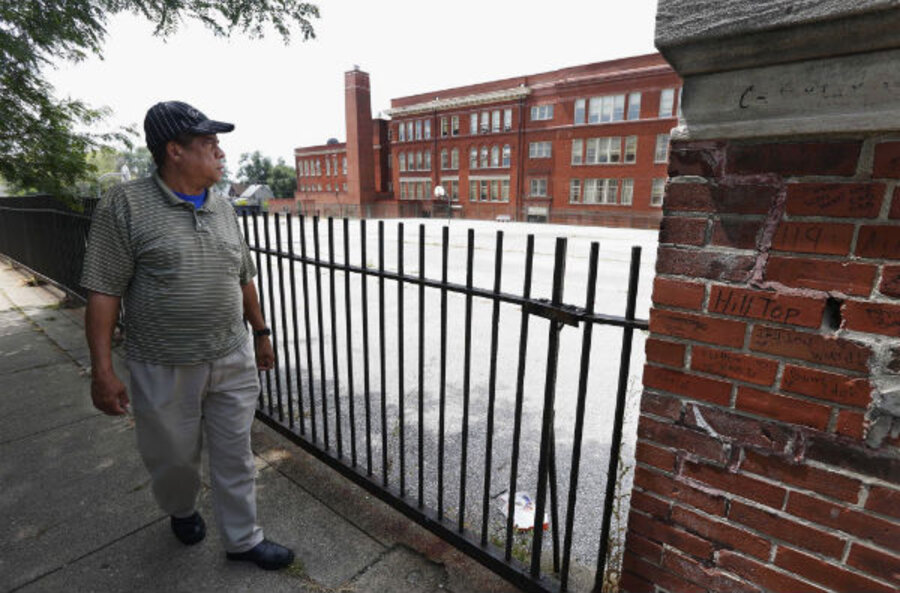Chicago school closings: Students head back to school and crowded classes
Loading...
| Chicago
Three months after Chicago Public Schools' controversial decision to close 50 schools, the new term will begin with sharp cutbacks in staff and more children squeezed into fewer classrooms as the nation's third-largest school system makes due with fewer buildings.
More than 30,000 children on Monday will be directly or indirectly affected by the public school closures - either because they have to go to a new school, or because their school is absorbing students from a shuttered building. The school system will also be coping with 1,581 fewer teachers.
Chicago Public Schools officials have said the cuts to staff and the largest mass school closings in the nation were necessary to help stem a mounting deficit forecast at a record $1 billion in 2014.
The closings have affected mainly Hispanic and African-American neighborhoods. Parents and union leaders have protested, saying more children will have to cross gang territorial lines, leaving them potentially exposed to violence in a city that recorded 506 homicides in 2012.
Chicago Public Schools have hired 1,200 "safe passage" workers to staff school routes to make sure children arrive safely. This summer, there have been two homicides along those safe-school routes.
"The whole city is with you, shoulder to shoulder, doing our part to make sure everychild in every neighborhood is safe on the way to and from school," Mayor Rahm Emanuel told workers last week.
Union leaders contend the "safe passage" program is soaking up money that could be spent on social workers, counselors and nurses at schools.
"They've created a problem of student safety and are investing almost exclusively in security at the expense of programs and staff to help students who are facing all sorts of issues," said Jackson Potter staff coordinator for the Chicago Teachers Union.
Chicago Public Schools also eliminated about 1,600 non-teacher positions.
The district said that salary increases negotiated last September to settle a strike with the teachers' union contributed to the budget deficit.
Chicago Public Schools serve 403,000 students in 681 schools, but enrollment has been falling for years in part because people have been moving out of the city, with most leaving poor neighborhoods.
Urban school districts have been grappling with declining enrollment across the country, and 70 cities have closed schools over the past decade.







